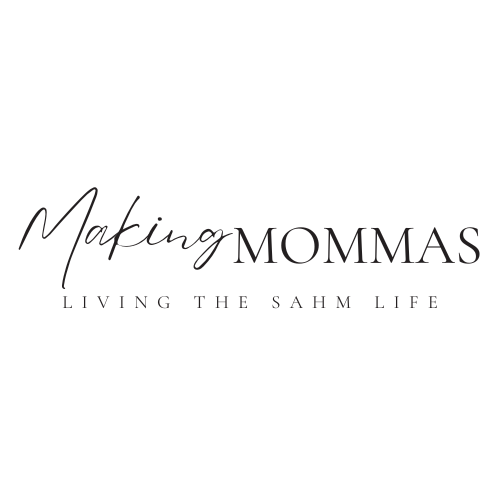In this article:
ToggleAs a stay-at-home mom, creating a routine can be challenging. But with our guide, you’ll learn how to craft a daily schedule that mimics a preschool routine and why it’s beneficial for you and your little ones!

Are you feeling overwhelmed and constantly putting out fires as a stay-at-home mom? 😅 It’s like your day is an endless cycle of cleaning messes, doing laundry, preparing meals, and keeping your kids entertained, am I right?
But hey, that lack of routine can leave you feeling exhausted and unproductive!
Now, imagine if you could channel that chaos into a structured routine, just like a preschool day!
Picture yourself ending the day feeling accomplished, knowing you and your kids had a blast, learned something new, and even managed to conquer all the chores.
Well, guess what? We’ve got you covered with a guide that’ll help you create a daily stay-at-home mom routine.
It’ll bring structure and predictability to your day, just like a preschool routine, with loads of benefits for you and your little ones. 🤗 You can regain control, bring order to your home, and still have plenty of time for those fun, spontaneous mom moments!
The Quick & Dirty Version
Hey there, super busy momma! Here’s the quick and dirty version of our guide:
- The Importance of Routine: Creating a structured schedule, like a preschool day, can help you manage all that chaos that comes with being a stay-at-home mom.
- The Benefits: Trust me, this routine is a game-changer! It brings order and predictability to your day, freeing up time for some spontaneous fun. Plus, you’ll get all those chores done, no problemo!
- Learning Opportunities: Now, here’s the best part. This routine isn’t just about chores, it’s about creating awesome learning opportunities for your kiddos, just like they’d get in preschool.
- Regaining Control: Above all, this routine is your secret weapon to taking control of your day and feeling accomplished, instead of overwhelmed and exhausted.
You got this, momma!
Remember, you can always pin this and come back to it later when you have more time to dive into the details. 📌

Why follow a preschool or daycare schedule?
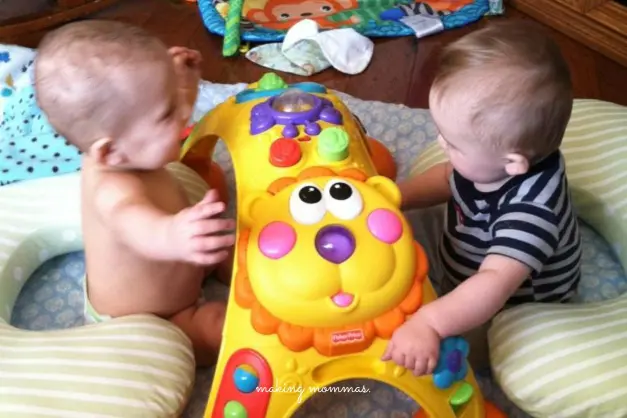
Following a preschool or daycare schedule has loads of benefits for both parents and kids.
It gives structure to the day, so there’s no aimless wandering around. Plus, it makes the home more organized and productive.
For the little ones, it teaches self-discipline and gives them a sense of security. They learn how to follow a schedule and manage their time for different activities, which helps their brain grow.
And for us parents, it’s a stress-reliever. No more constant decision-making about what to do next! But don’t worry, it’s not all serious business.
A good routine still leaves plenty of time for fun and relaxation! 😉
What Does a Preschool’s Daily Schedule Look Like?
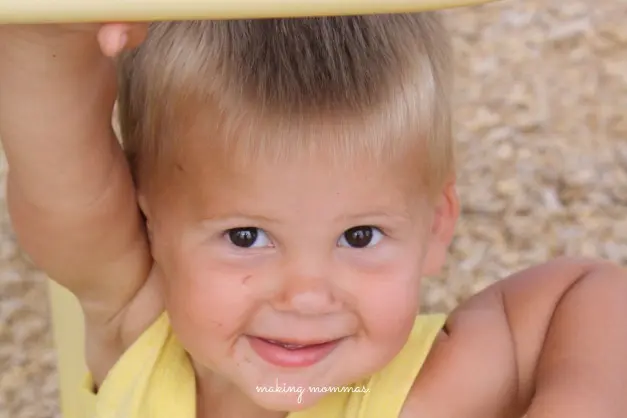
A typical preschool’s daily schedule is a harmonious blend of learning and play, strategically designed to foster cognitive, social, and emotional development in children.
The day usually starts with a warm welcome, followed by circle time where the children gather together for songs, stories, or group activities. After the morning meet-up, the children engage in hands-on learning experiences through various educational activities such as art and craft, science experiments, or math games.
Following this, there’s a break for snacks and outdoor play, providing children with an opportunity for physical exercise and social interaction. After the break, they do quiet activities like reading, puzzles, or drawing, encouraging focus and concentration.
The day ends with a wind-down period before dismissal, often involving storytelling, dancing, or singing.
Just a heads up, the schedule can vary depending on the preschool’s philosophy and the children’s needs. So, keep that in mind! 😄
What Does a Daycare’s Daily Schedule Look Like?

A daycare’s daily schedule is typically structured but flexible, catering to a child’s developmental and care needs while providing a safe and nurturing environment.
The day often begins with welcoming the children and a brief informal free-play time. This allows children to transition from home to daycare comfortably.
Then, after breakfast, the kids may be involved in structured activities such as arts, crafts, storytime, or music to stimulate cognitive and creative development.
Healthy meals and snack times are interspersed throughout the day, ensuring children’s dietary needs are met. These are often accompanied by socializing opportunities, where children can interact with peers.
A portion of the day is also dedicated to outdoor play or physical exercise, essential for physical development and motor skills enhancement.
Depending on the age of the child, there could be a scheduled nap or quiet time in the afternoon.
Towards the end of the day, there might be an additional period for free play or relaxation before parents arrive for pick-up.
Remember, the exact schedule can alter based on the daycare’s individual approach and the age and requirements of the children. So, flexibility is key! 😊
How Do I Set Up My Own Stay at Home Mom Schedule Like This?

Setting up your personal stay-at-home mom schedule to mirror the structure of preschool or daycare can seem daunting, but with careful planning and a bit of flexibility, it’s absolutely achievable.
The following step-by-step guide will help you establish a routine that works best for both you and your child, promoting a balanced, fulfilling day of activities, meals, and rest. Let’s dive into the process!
1. Chunk Your Day Down
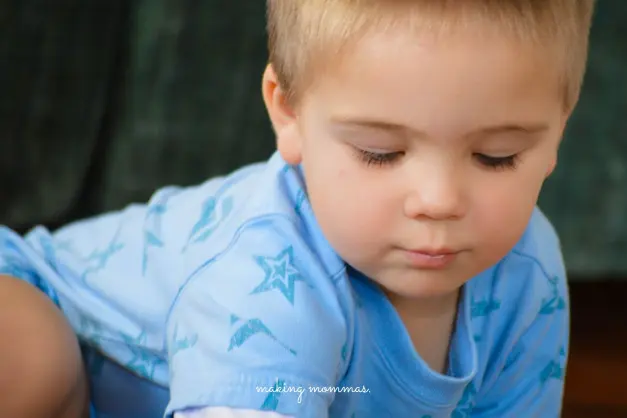
Begin by dividing your day into manageable blocks of time, also known as “chunks”. These could be morning, mid-morning, afternoon, and evening, or they could be hourly blocks, depending on your preference.
This approach makes the day’s structure easier to visualize and helps avoid the feeling of being overwhelmed by a full day’s activities.
For each chunk, consider the type of activities that would be most appropriate. For instance, more cognitively demanding activities might fit best in the morning when your child is at their freshest, while creative or physical activities could be placed later in the day to burn energy before nap or quiet time.
2. Use Natural Transition Points

Natural transition points, such as meal times and nap times, are ideal markers for breaking your day into chunks.
For instance, breakfast could signal the start of your first block, focused on learning activities. After that, snack time might transition into a period of creative play.
Lunch could lead into nap or quiet time, providing a much-needed rest for both you and your child.
The period post nap could then transition into physical activities or outdoor play, followed by dinner, which can usher in a relaxing evening routine.
These natural transitions not only help structure your day, but also ensure your child’s needs for nourishment and rest are met at appropriate intervals, keeping them happy and engaged.
3. Establish Mini Routines for Each Chunk

For each chunk of the day, create a mini routine that consists of a series of activities or tasks, each leading naturally into the next. This provides your child with a sense of predictability and security, knowing what to expect next.
For example, a morning chunk might start with personal hygiene routines, followed by breakfast, and then a focused learning activity. An afternoon chunk could begin with lunch, transition into quiet reading time, and then move on to outdoor play.
By providing this structure, you cater to your child’s need for a balanced day of activities that incorporate learning, play, rest, and nourishment.
4. Create Fun Little Rituals
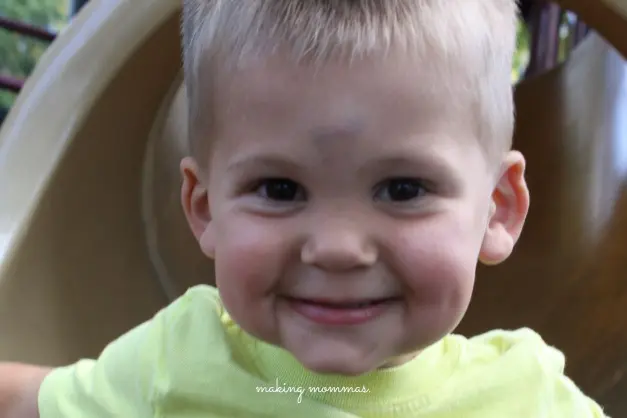
Rituals can be a powerful tool in transitioning between activities or chunks of the day. These can be simple, fun customs that serve as a predictable signal for change, making the transition smoother for your child.
For example, the clean up song could signal the end of playtime and the beginning of mealtime, or story time and a tickle fight could indicate it’s time to start winding down for bed.
These rituals are not just functional; they also contribute significantly to your child’s development. They provide a sense of security and predictability, helping to reduce anxiety around transitions.
Moreover, these rituals can enhance your child’s cognitive development by establishing patterns and sequences.
But most importantly, rituals can strengthen your relationship with your child. They can serve as special moments of bonding, fostering a sense of intimacy and connection.
Whether snuggling before bedtime or a candle during bath-time, these rituals become cherished memories, further enriching your child’s upbringing.
5. Sprinkle in Learning Activities
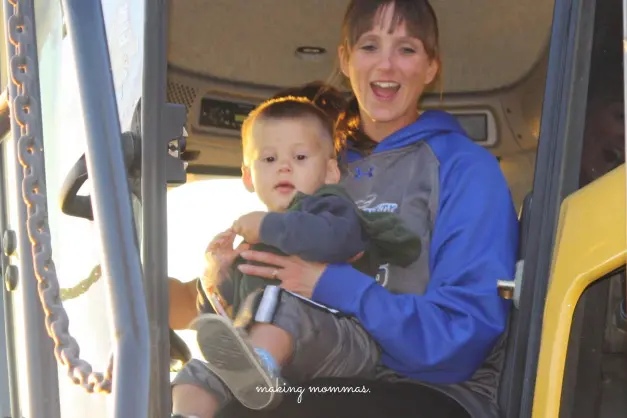
Incorporating learning activities, crafts, and playtime within your child’s daily routine can add an element of fun while fostering intellectual and creative development.
Learning activities could range from puzzles to educational apps that promote problem-solving and critical thinking skills. Crafts, on the other hand, are an excellent way to spark creativity and can also serve to enhance fine motor skills.
And regular field trips will get you out of the house.
Playtime is equally important, providing children with the opportunity to explore and interact with their environment while fostering physical development and social skills.
By weaving these elements into your child’s routine, you ensure a holistic approach to their growth and learning.
Sample Stay-at-Home Mom Schedule: Modeling a Preschool Routine
Here is a sample schedule that mimics a preschool day, which can be adapted based on your child’s specific needs and interests.
- 7:30 a.m. – Wake Up Time: Start the day with a morning ritual like stretching, brushing teeth, and getting dressed.
- 8:00 a.m. – Breakfast: A nutritious meal to fuel the day’s adventures.
- 8:30 a.m. – Structured Learning Time: This could involve educational apps, puzzles, or a structured craft activity.
- 10:00 a.m. – Snack: A healthy morning snack to keep energy levels up.
- 10:30 a.m. – Free Play: Let them explore their toys and environment independently.
- 12:00 p.m. – Lunch: A balanced meal, which could also double as a time to learn about different food groups.
- 12:30 p.m. – Story Time: Read a book together or tell a story to encourage language and listening skills.
- 1:00 p.m. – Nap Time: Important for both physical growth and mental rest.
- 3:00 p.m. – Outdoor Activity: A walk in the park, play in the backyard, or even a dance party in the living room.
- 4:00 p.m. – Snack: A light afternoon snack to refuel.
- 4:30 p.m. – Creative Activity: Painting, playdough, or another creative pursuit.
- 5:30 p.m. – Bath Time: A relaxing bath to wind down the day.
- 6:00 p.m. – Dinner: The final meal of the day.
- 6:30 p.m. – Family Time: A board game, movie, or just cuddling on the couch.
- 7:30 p.m. – Bedtime Routine: Brushing teeth, reading a bedtime story, and lights out.
This schedule balances structured activities with free play, ensuring that your child is engaged, learning, and having fun throughout the day. Remember, flexibility is key – adjust as needed to suit your child’s temperament and developmental stage.
At the End of the Day…

Modeling my own sahm schedule after that of a daycare’s saved my sanity and made my days at home with the kids joyful and memorable! It brought a sense of order amidst the chaos and struck the perfect balance between activities, rest, and free play.
Plus, it created precious shared experiences that will last a lifetime! 😊
Now, looking back on those days when the twins were at home, I can’t help but feel nostalgic. The art sessions filled with laughter, the story times full of wonder, and even the tantrums during meal times – each moment has become an irreplaceable memory!
Amidst all the craziness, the most profound realization was how important it was to spend quality time together. It wasn’t about having the perfect schedule or meticulously planned activities.
It was about those moments of connection that made all the difference. The love, laughter, and learning that unfolded during those days have been the most rewarding part of this journey! ❤️
Before You Go!
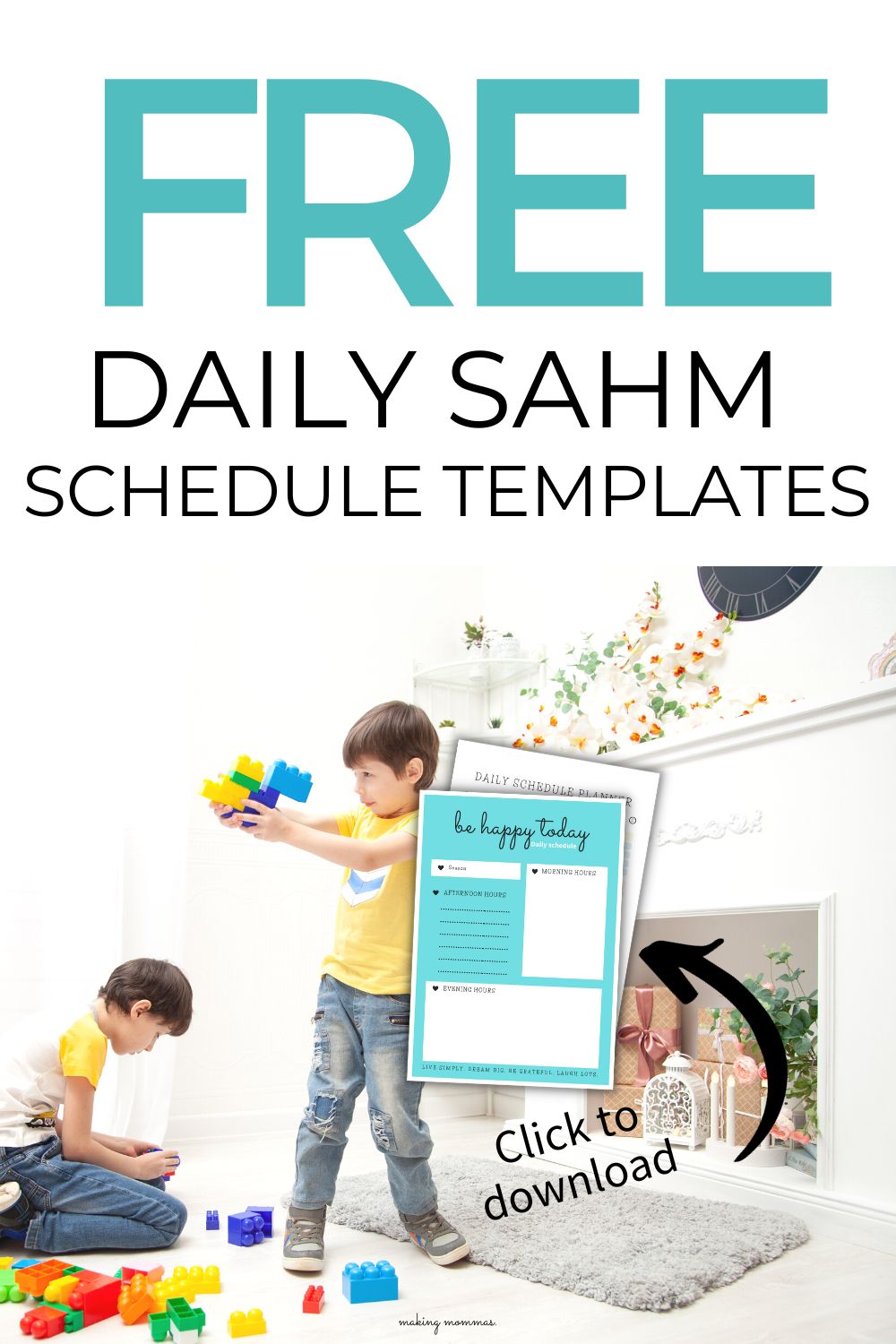
Download the FREE Stay-at-Home Mom Schedule Templates
Print them & use them as they are or customize them with Canva!
Join our vibrant and supportive Happy Sahm Community today! It’s a sanctuary where you can share, discuss, and learn from the collective wisdom of many happy stay-at-home moms just like you.
But that’s not all – as part of our community, you’ll receive a monthly Stay-at-Home Mom Survival Kit, chock-full of fresh meal ideas and engaging learning activities to keep you and your little ones thriving.
Plus, don’t forget to download our exclusive Stay-at-Home Mom Schedule Templates, designed to help you stay organized and make the most of your day!
Don’t miss out on this opportunity to acquire new ideas, gain support, and form lasting friendships. Join us now and take the first step towards a more joyful and fulfilling stay-at-home mom’s journey!
Join us now and download your Stay-at-Home Mom Schedule Templates!
More on Schedules & Routines
The Sahm’s Quick Guide to Preschool & Daycare Schedules (and how to copy them!)
The Happy SAHM: The Secret to Mastering the Daily Stay-at-Home Mom Schedule
How to Create a SAHM Schedule + Free Printable Stay-at-Home Mom Schedule
Wanna Create the Best Ever Stay at Home Mom Schedule? Here’s How!
